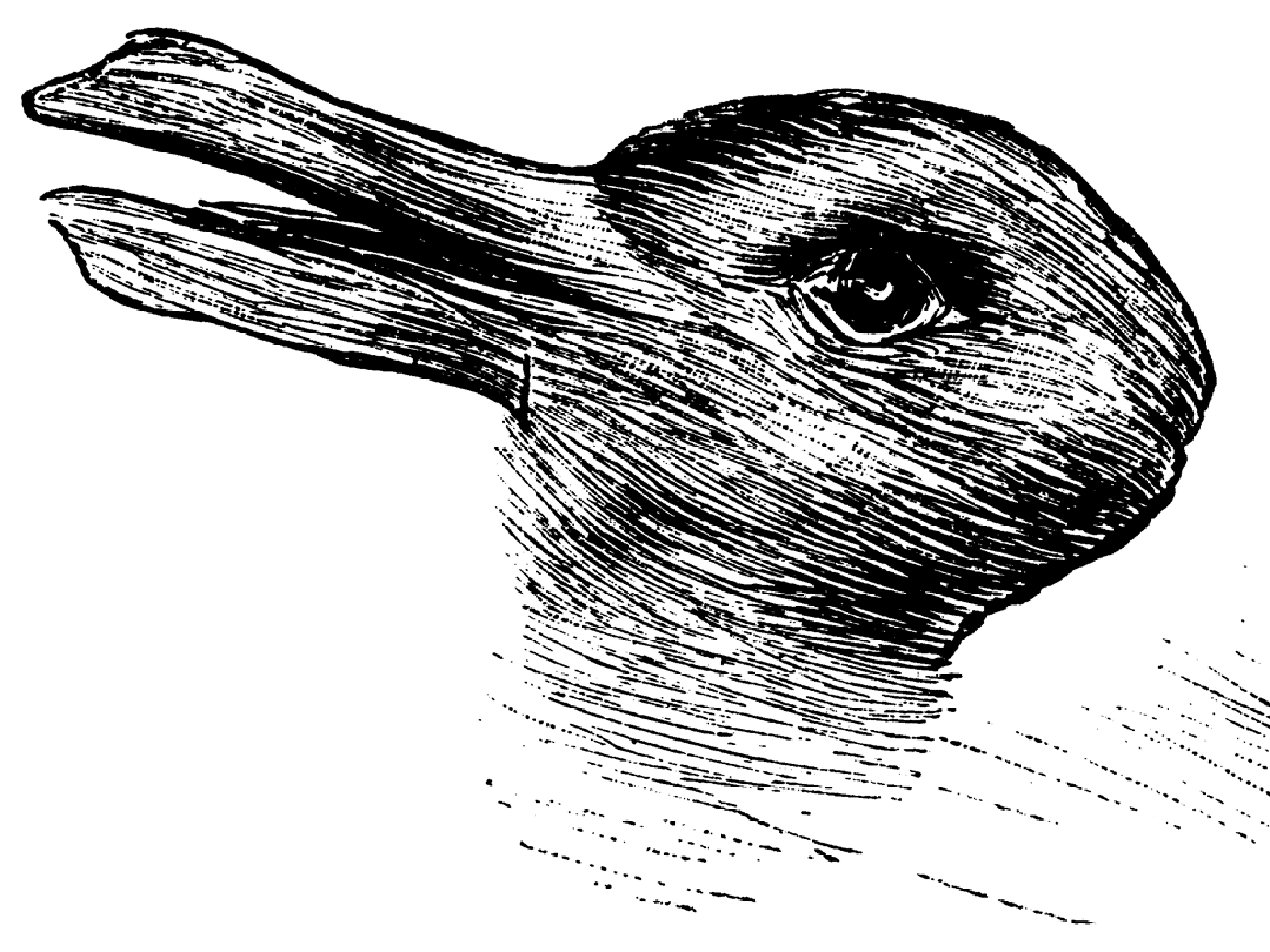David Gibson Religion News Service
Vatican City
Figuring out why Pope Francis has upended so many expectations, how exactly he's changed the Catholic church in his first year and what he might be contemplating for the future has become a Catholic parlor game that is almost as popular as the pontiff himself.
A single key can best answer all of these questions: Francis' longstanding identity as a Jesuit priest.
It's an all-encompassing personal and professional definition that the former Cardinal Jorge Bergoglio brought with him from Buenos Aires, Argentina, and one that continues to shape almost everything he does as Pope Francis.
"He may act like a Franciscan, but he thinks like a Jesuit," quipped Fr. Thomas Reese, a fellow Jesuit who is a columnist for National Catholic Reporter.
In fact, it would be easy to mistake this new pope for a Franciscan, given his emphasis on helping society's outcasts and his decision to become the first pope to take the name of St. Francis of Assisi, the patron saint of the poor. Yet he's the first pope from the Society of Jesus, the religious community whose worldly, wise intellectuals are as famous as its missionaries and martyrs.
Indeed, behind that "Jesuit" label lies a centuries-old history and a unique brand of spiritual formation that go a long way toward understanding who Francis is and where he is taking the church.
From his passion for social justice and his missionary zeal to his focus on engaging the wider world and his preference for collaboration over peremptory action, Francis is a Jesuit through and through. And as the first Jesuit pope, he brings sharply etched memories of being part of a community that's been viewed with deep suspicion by Rome, most recently by his own predecessor, Pope Benedict XVI.
From Ed Kilgore:
One of the pivotal demographic groups Donald Trump is struggling with is Catholics, who often closely represent American public opinion as a whole (Obama won them by 2 points in 2012). You might guess Trump’s “Catholic problem” is largely the result of his manifest unpopularity among Latinos, the fastest-growing category of U.S. Catholics. But no: A recent poll from the Public Religion Research Institute showed him running behind Hillary Clinton among white Catholics, a pretty reliable GOP-leaning group for many years.
It is hard to sort out cause and effect here, but Trump continues to blunder in ways that hurt him with Catholics. Trying to show his religion bona fides early in the nomination contest, the mogul talked about eating “my little cracker,” a reference to the Eucharist that probably drew a wince from a lot of Catholics (and, for that matter, Orthodox Christians or some Protestants) who are highly reverent toward the Most Blessed Sacrament. This was the same Frank Luntz interview, moreover, when Trump seemed puzzled at the idea of asking God for forgiveness, which likely offended Christians of every persuasion. Then there was the Sunday when he dropped cash in a communion plate — a pretty dramatic exhibition of his leanings toward the Church of the Golden Calf. That was shortly before he called Pope Francis “disgraceful” for questioning the compatibility of nativism with Christianity.
Perhaps justifiably frantic about Trump’s weakness among Catholics, his supporters tried to make the case that one of John Podesta’s illegally stolen batch of emails showed Clinton staffers betraying a hatred of Catholicism. This claim did not much survive the realization that all of the staffers involved in the brief discussion of Catholicism in question are themselves Catholics. And as conservative Catholic Ross Douthat quickly explained, the “anti-Catholic” utterances in those emails actually reflect differences of opinion between progressive and “traditionalist” Catholics.
